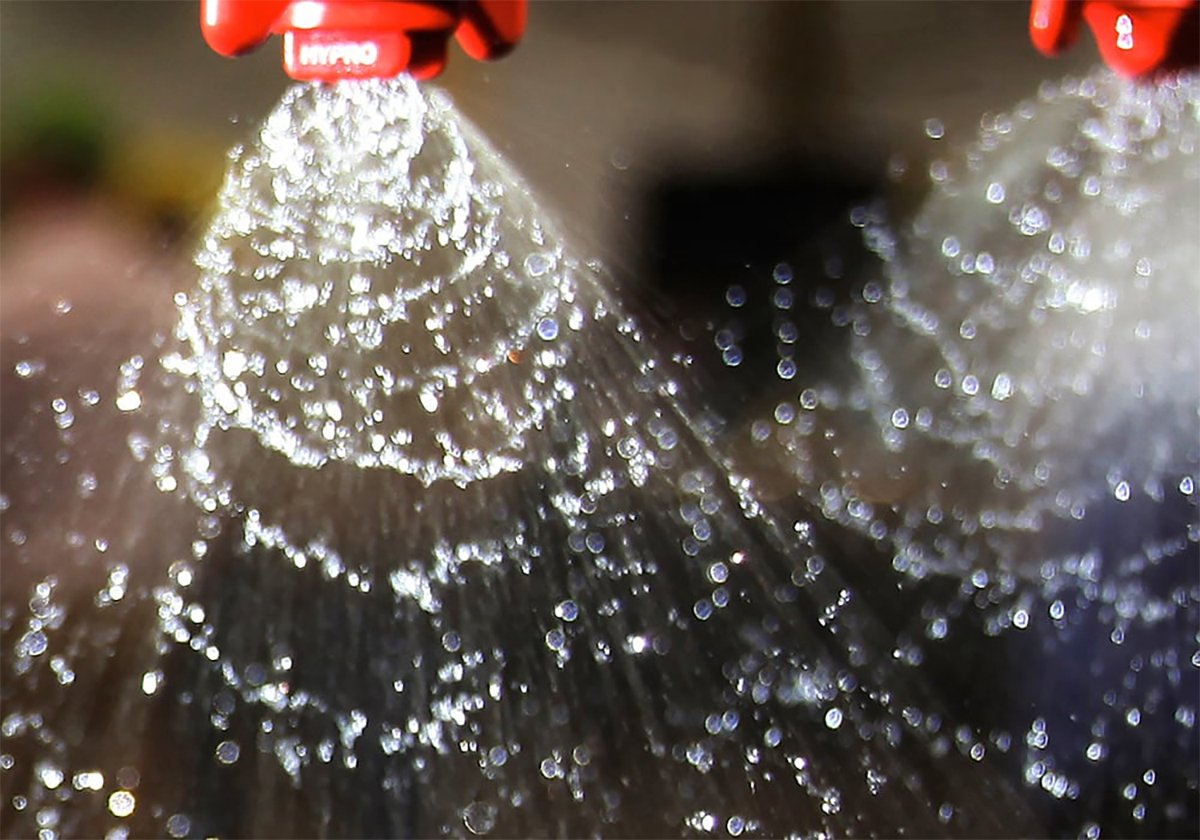ROUND HILL, Alta. – It has taken a while, but Joe and Georgina Orcheski’s tough culling program has finally paid off.
Just over 10 years ago the couple bought their first group of bison calves. Then they made the decision not to be the biggest bison producers in the area, but the best.
“We’ve tried to select good heifers and it has kind of paid off,” said Joe.
That’s a bit of an understatement.
The central Alberta producers hold four Canadian records for the highest prices paid for bison.
Read Also

U.S. soy and cotton growers might use dicamba in 2026
American farmers could be spraying dicamba on their soybean fields next year, if a proposed registration becomes reality.
Last month they sold a two-year-old bull for $24,000 at the Wild Rose Classic bison sale at the Farm and Ranch Show in Edmonton.
In November, they sold a long yearling bull for $18,200 at the Canadian Western Agribition in Regina.
They also hold the record for the highest price paid for a yearling heifer. It sold for $10,700 at the Farm and Ranch Show. At the same sale a yearling bull sold for $17,500.
And there are more animals like them at home.
“They’re all pretty much the same. It doesn’t matter which one I take to the sale,” said Orcheski.
He recently turned down $110,000 for the herd sire.
Their decision to breed quality and not quantity is a combination of philosophy and the amount of land they own.
When the Orcheskis bought their first six bison heifers and a bull in 1984, they had 50 to 60 head of cattle and four quarters of land.
“In order to run big numbers you have to have acres and acres of land. When you only have so much land you have to have good stuff,” said Orcheski.
“I can keep 25 cows and calves and make more money than some guys who keep 75 or 100 cows if they’re not selective breeding. If you were to breed every female you’d end up with a poor product.”
Without buying more land the Orcheskis have maintained a herd of about 25 head of bison. They’re planning to sell the last of their cattle this year to make room for more.
Orcheski estimates he needs 11 head of cattle to bring in the same income as one bison.
But the money hasn’t always been rolling in. There were a few years when the bison industry could have floundered or prospered.
It took several years to know whether the bison industry was going to grow. Through it all the Orcheskis continued to cull and upgrade their herd and that has meant their bison have always sold near the top of the market, said Georgina.
When selecting for top animals, Orcheski keeps in mind the end product.
“We have to try to create a number one carcass,” he said.
“There has to be a good cut of meat. That’s what it has got to be.”
But with their bison selling for almost $25,000 they haven’t been eating much bison steak lately.
“It would have to be an awfully poor bull to butcher it,” said Georgina.
















